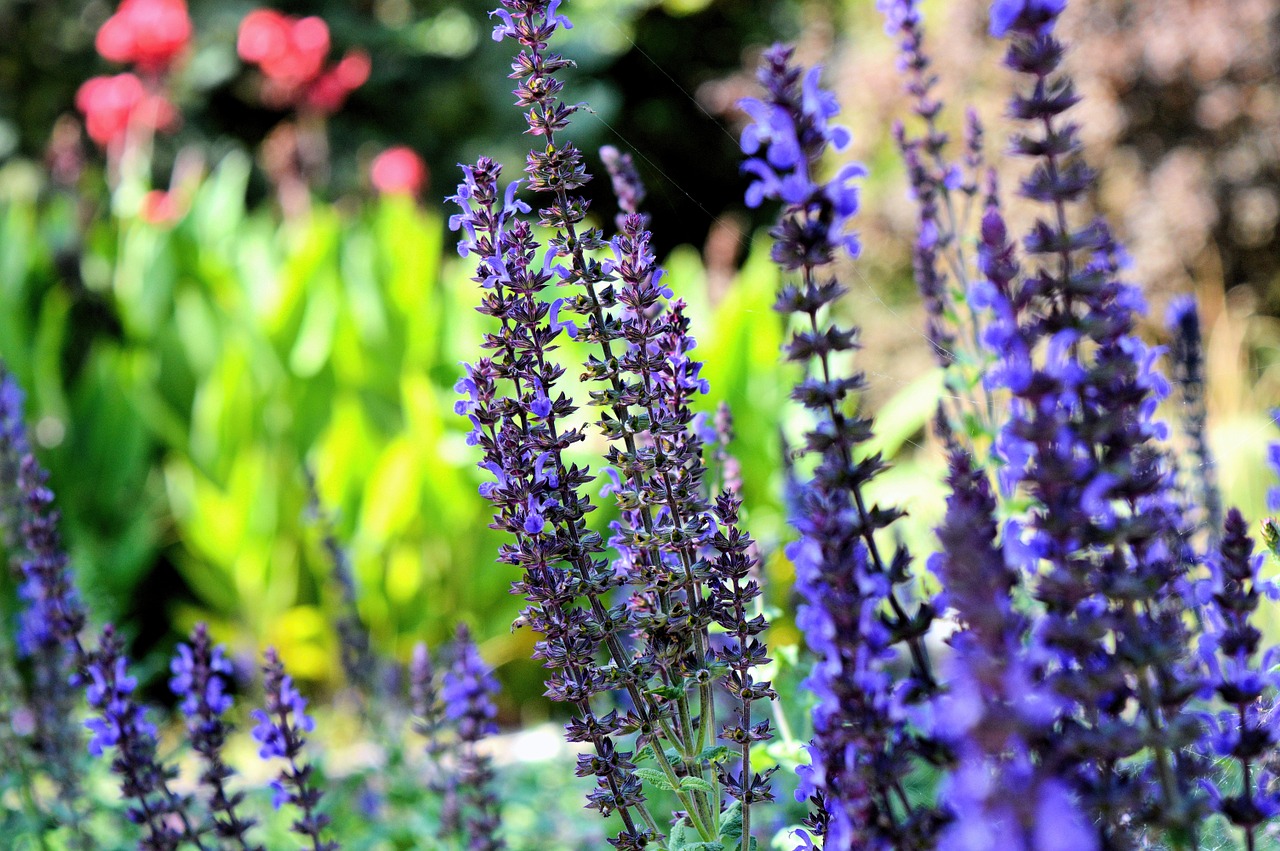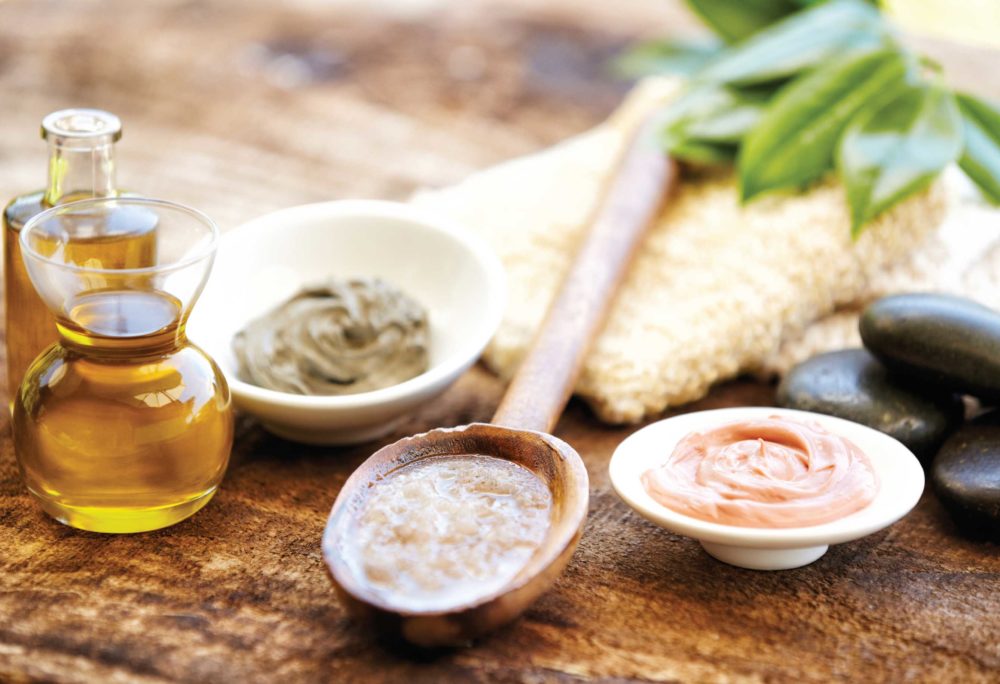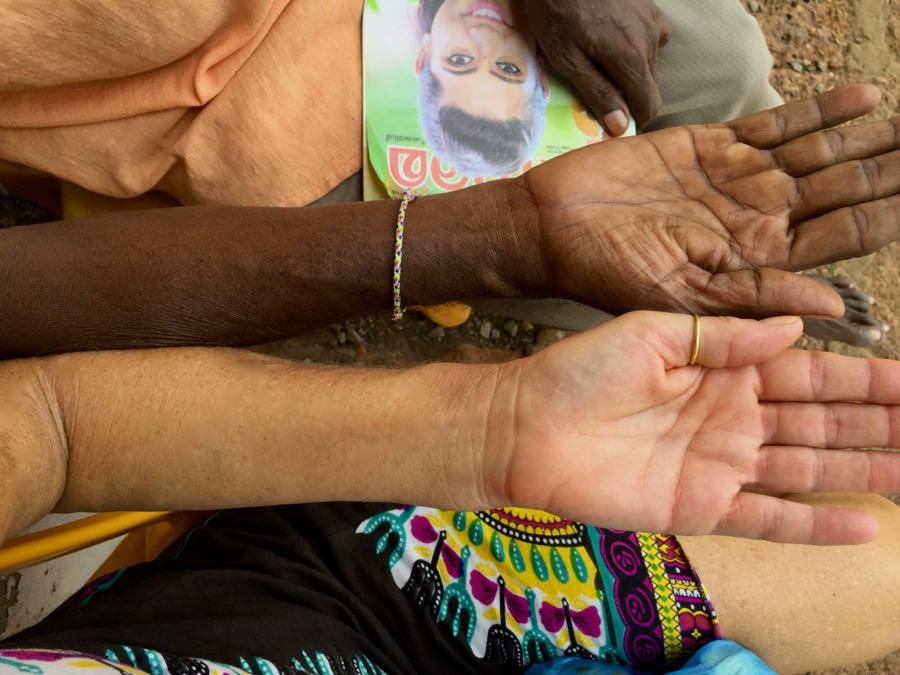Achieving radiant skin doesn’t have to be complicated. In fact, just four simple steps—Cleanse, Serum, Moisturize/SPF, and Night Treatment—can transform your skincare routine. However, the key to seeing real results lies in choosing the right products. And to make the best choices, you need a solid understanding of three essential factors:
- Your Skin Type – Knowing whether your skin is oily, dry, combination, or sensitive helps you select products that work with your skin, not against it.
- Product Quality – Not all skincare products are created equal. High-quality ingredients can make a significant difference in effectiveness and long-term results.
- Cell Turnover – Understanding how your skin regenerates can help you pick the right treatments to enhance renewal and maintain a youthful glow.
By keeping these factors in mind, you’ll ensure that your daily skincare routine is not just simple but also truly effective.
Skin Type
Skin type is defined by the amount of oil your skin naturally produces, which is largely determined by genetics. To achieve the best results, skincare products should be specifically formulated to suit each skin type.
Normal – Balanced oil production, normal pore size. Clear, smooth, and supple skin with no redness.
Oily – Thick skin with heavy oil production, congestion, large pores, becomes shiny throughout the day.
Dry – Small pores producing less oil, dull appearance, and deeper lines. Without oil to hold in it, sweat evaporates quickly leading to dehydration as well.
Combination – Mixed oily areas with dry patches. Often dry cheeks and oily ‘T-zone’ with enlarged pores.
Sensitive – Considered a skin type as well as a skin condition, Sensitive skin is thin and fragile, often with dilated capillaries, causing redness. Typically reactive and inflamed, sensitive skin types often have allergies.

Product Quality
Cosmetic Grade – Products that only penetrate outermost layer of the skin (composed of dead skin cells) are classified as cosmetic grade. Often found in drugstores, these products usually contain just one active ingredient targeting a specific concern. However, those familiar with cosmetic formulations can see past the marketing hype. Many of these products use low-quality active ingredients in ineffective formulations. For example, many so-called Vitamin C serums contain a form of vitamin C that quickly oxidizes and loses potency when exposed to water—yet water is often listed as the second ingredient.
Additionally, drugstore cosmetics frequently include chemical fillers designed to extend shelf life and cut costs for manufacturers. These additives offer no real benefit to your skin and, in some cases, may even be harmful.
For budget-conscious shoppers, I recommend looking for skincare products at health food stores, where formulations tend to be cleaner and more skin-friendly. If investing in high-quality skincare isn’t an option right now, at the very least, choose products that do no harm to your skin.
Department Store Brands – Department store cosmetics often boast fancier packaging, more refined marketing, and a higher price tag compared to drugstore brands. While their formulations may be somewhat better, they are still frequently packed with chemical fillers. In my opinion, the difference in quality is not substantial enough to justify the increased cost.
Cosmeceutical Grade – Cosmeceuticals have higher percentages of active ingredients and are based on solid science. They may seem more expensive, but it’s been my experience that you save money using them because a little goes a long way and with noticeable results.
The term ‘cosmeceutical’ is not recognized by the FDA. It was created by skincare industry to differentiate their products from those sold in drug stores. Such products strive to stimulate the deepest live skin cell layers of the epidermis, making them able to produce long-lasting effects.
You can purchase cosmeceutical grade products through spas and skincare clinics. But not all cosmeceuticals are created equal, so it’s useful to get advice from a skin care professional you trust.
Pharmaceutical Grade – ‘Pharmaceutical’ grade products have the capacity to penetrate deeply to the dermal layer, which contains blood vessels. Because of their ability to travel systemically, they’re considered medicine and need a prescription from a doctor.
Retin-A is the gold standard in anti-aging. High dose vitamin A increases cell turnover and stimulates collagen and elastin production. It can, however, collect in the liver, which is why it’s use is recommended to be monitored by a physician.
Cell Turnover
Cell turnover is your skin’s natural process of shedding dead cells and replacing them with fresh, new ones. In your 20s, this cycle takes about four weeks, but as we age, our skin’s metabolism slows. This leads to a buildup of dead skin cells, resulting in a dull, lackluster complexion.
Regular facials can help reverse this by using professional-grade peels to slough off dead skin and stimulate your skin’s renewal process. With the barrier of dead skin removed, high-quality skincare products can penetrate deeply—where real transformation happens.
However, facials alone aren’t enough to maintain glowing skin. Just like fitness, achieving lasting results requires consistency. Exercising once a month while eating junk food won’t lead to a strong, healthy body—similarly, sporadic facials without proper home care won’t sustain a vibrant complexion. Your skin thrives on daily maintenance and nourishment.

The 4-Step Daily Regimen
The exact products and ingredients to use will vary by skin type, climate, age, and conditions, but these four steps are an outline that can be used by all:
Cleanser – Cleanse twice a day, both morning and night. Throughout the day, environmental pollutants collect on the skin, sticking to moisturizers and sunscreen. You don’t want to rub that into your pillow night after night. During sleep, the skin goes through a detoxification process and it needs to breathe.
I suggest cleansing the face as soon as you’re home for the evening. That way you don’t lose motivation and skip it when you’re too tired. At the very least, use a natural face wipe to cleanse off the surface grime.
Dry skin types should use a cream cleanser that nourishes while cleansing and avoids stripping oils. Normal to oily types can use a foaming gel cleanser. Oily and acne types benefit from a foaming gel cleanser with added hydroxy acids to assist resurfacing and clearing pores.
Serum – Apply serums once or twice per day after washing and before moisturizing. Serums are made from small molecules, allowing active ingredients to penetrate to the live skin cell layers. The active ingredients used depends upon the target condition.
For long-term sun damage and hyperpigmentation (brown spots), a serum high in peptides or the anti-oxidant brightening properties of Vitamin C would be beneficial. For acne-prone skin, hydroxy acids are perfect in a gel-based oil-free serum.
Day Moisturizer/SPF – Moisturizers are made from larger molecules designed to seal in moisture at the surface. After cleansing and serum application each morning, seal in moisture with a broad spectrum UVA/UVB sun protecting moisturizer. Oily skin types will use oil-free with a ‘mattifying’ finish. Dry skin types use a ‘hydrating’ SPF with a dewy finish.
Night Treatment – Nighttime is an opportunity to treat and feed your skin.
Dry and sensitive skin types can use a healing repair cream or a targeted treatment like a ‘brightening cream’ for pigmentation, or Retinol/Retin-A for building collagen and elastin.
A serum may be enough moisture for oily skin types. Oil-Free retinol serum or an alpha hydroxy acid serum would be perfect. If more moisture is needed, try an oil-free anti-bacterial moisturizer.
Severe acne types may benefit from benzoyl peroxide treatment, but there’s an art to using BPO effectively. An acne specialist can help you pinpoint which type of acne you have and get you on a successful regimen.
Skin Consults
One of the most valuable services I offer is designing customized home care routines tailored to each client’s unique skin needs. The right products, used correctly, can transform dull skin into a radiant glow. But with endless skincare options available, it’s easy to feel overwhelmed. I help my clients navigate this maze—choosing high-quality products suited to their skin type and ensuring they use them effectively for maximum results.
I offer online skincare consultations via Zoom at $1 per minute paid through PayPal/Venmo. In general, only 15-20 min. is needed.


